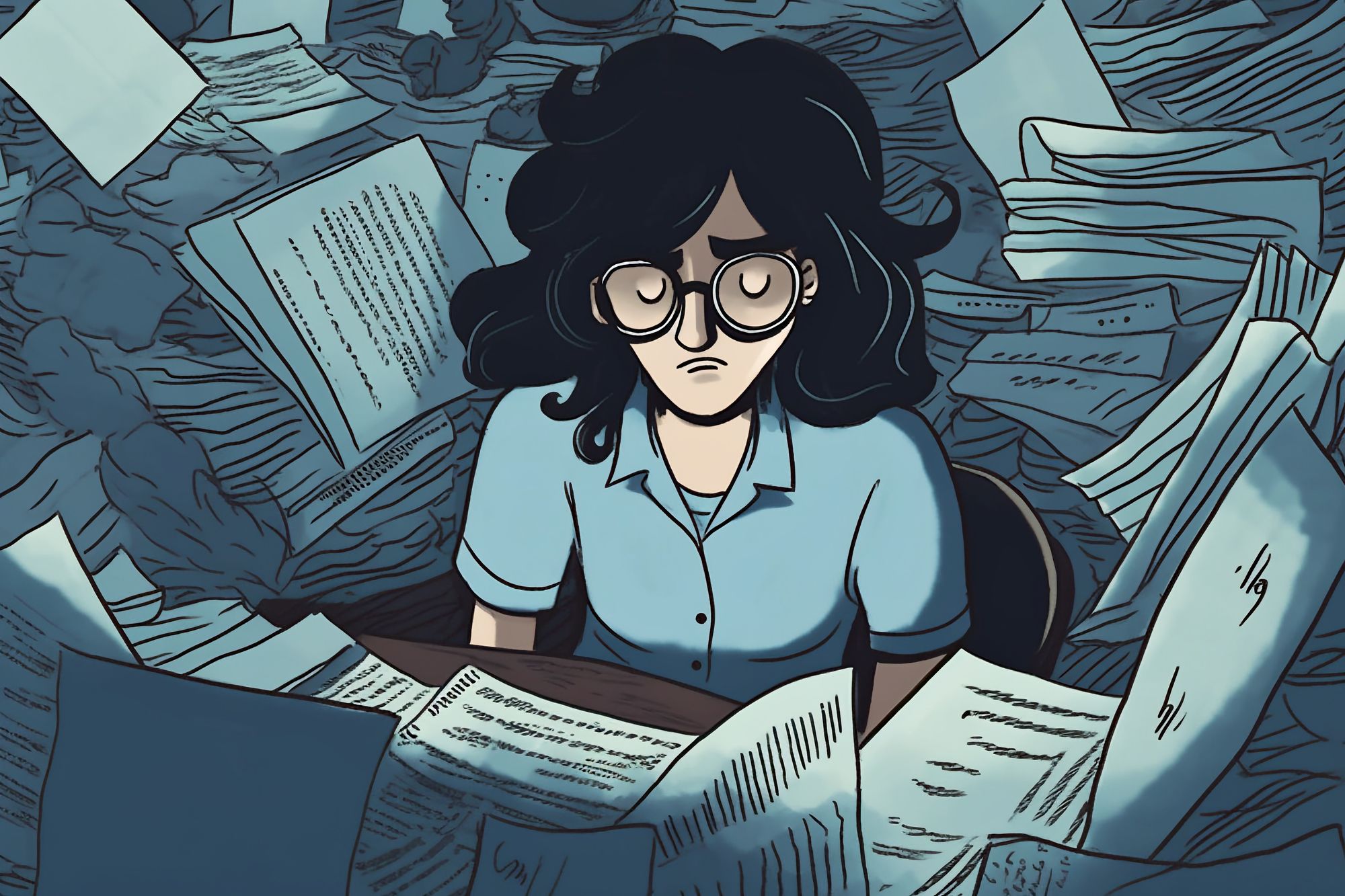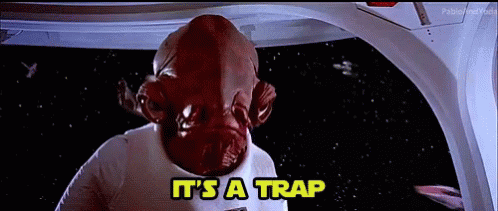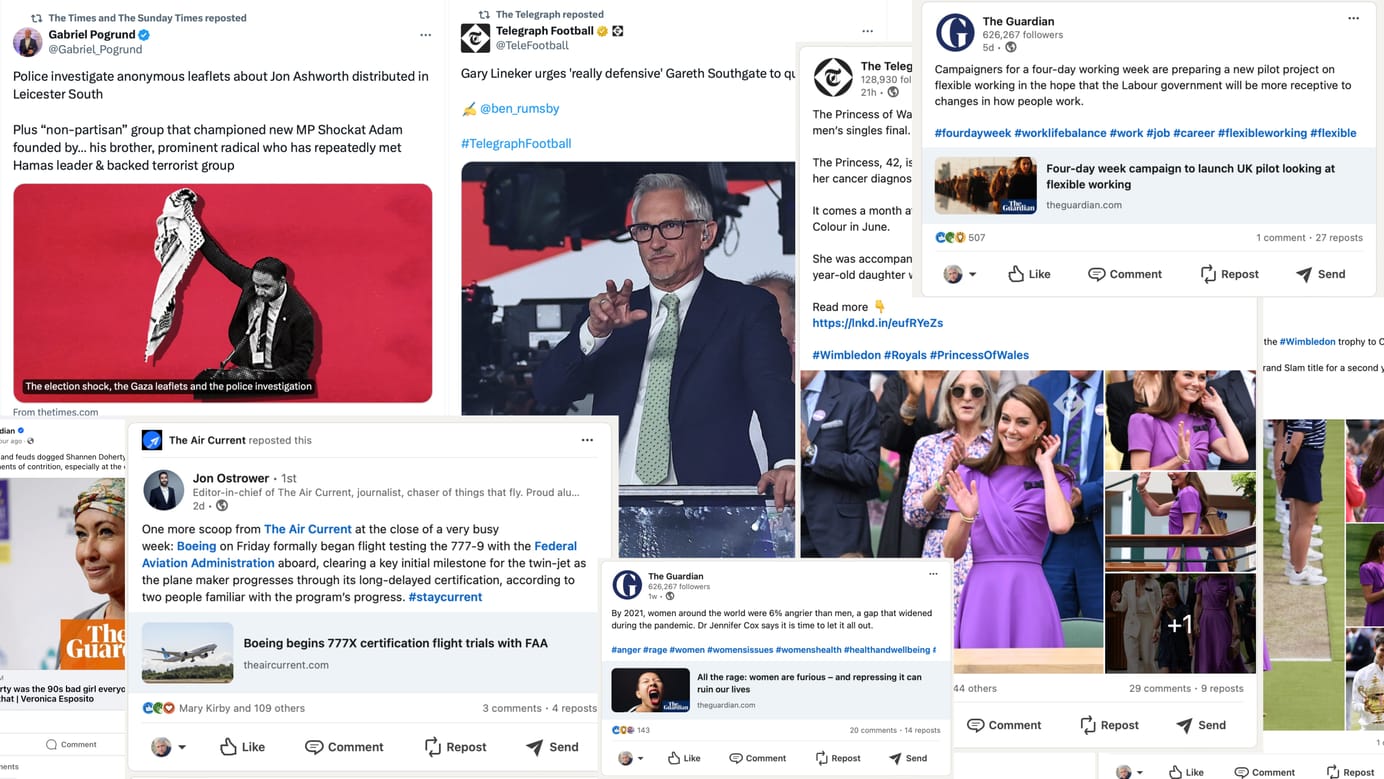
Some notes on Substack Notes
Who is the new Substack feature serving? Plus the final nail in the coffin of the keyword from Google.
Do you remember the fashion blogs of the early 2010s, where the comments section was one long list of other fashion bloggers promoting their own blogs? If you miss that, I have some great news for you: Substack Notes is here.
Visually, the latest product from the newsletter platform turned membership platform is almost a straight clone of Twitter, right down to Retweets being replaced by Restacks. There’s no attempt at this point to do anything substantially different from the inspiring platform.
But there’s one key conceptual difference: to follow someone on Substack Notes, you alsohave to subscribe to their newsletter. And that’s going to make building an audience there tricky.
Sure, there are ways around that restriction if you want to follow without being inundated with email. You can turn off email delivery, for example, sending all the newsletters to the app. But, fundamentally, to follow someone on Substack Notes, you have to become at least a subscriber to their newsletter.
Simon Owens praised this, calling it a reduction in friction. And it’s certainly a reduction in friction for the publisher. However, it’s an increase in friction for the potential Notes user. There are several people who I contemplated following on Notes, and then decided against doing so because there are already too many unread newsletters building up in my Substack app. And that’s a curb on the utility of Notes right there.
Notes: built for publishers not readers
The fundamental problem with Substack Notes as it stands is that it’s a much better proposition for the newsletter publishers than it is for the readers. Substack could have built a compelling product for users, that publishers could take advantage of. Instead, they’ve built a platform for publishers, that users will need to be seduced into using.
But then, writers are Substack’s customers. The readers are the writers’ customers.
And that means that, right now, Substack Notes is mainly newsletter authors trying to get attention on their newsletters by commenting on the Notes of bigger fish in the Substack pool. It’s the 2010s fashion blogs all over again. Everyone’s fishing in the same pool of attention. If Notes is going to succeed, they need two things to happen:
- Publishers need to come up with compelling reasons for their audience to check it out, and keep checking it out
- Substack has to make it an easier and more compelling place for the non-publishing user
Until then, it’s likely to end up as just a YASNS, whose initial burst of activity will fade once publishers realise that there’s only so much attention to go around. Much of it will inevitably go to the big pike in the pond.
Now, it might become a place where authors publicly hang out with each other — and that has value. I’m part of a community of Ghost-using publishers that can be very useful. But, right now, it looks like it’s unlikely to reach the aim of expanding the audience for Substack newsletters.
Filling the conversion funnel
The one simple change Substack could make that will generate growth would be to allow you to follow people without following their publication. Every so often, we want to flirt a little before committing to a relationship. Following a writer’s Notes before subscribing to their newsletter is exactly that: an intellectual flirtation.
Think of it this way: the universe of people I’ll happily follow on Notes is slightly larger than the universe of people whose posts I’ll occasionally click through to read. And that’s MUCH larger than the pool of people whose newsletters I actually want to subscribe to. To get a decent rate of conversions, you need to open up the top end of that conversion funnel. Currently, Notes is not doing that.
Substack’s choice to add that, or not, will tell you more about what the platform will be than any number of PR posts.
Substack’s PR problem
Talking of PR, Substack had a road crash in that department last week. CEO Chris Best went on the Decoder podcast to be interviewed by Nilay Patel. And Patel just rips him a new one. The key clip is just excruciating to watch:
This week, @decoderpod host @reckless asked Substack CEO Chris Best the tough questions about whether racist speech should be allowed in their new consumer product, Substack Notes. pic.twitter.com/sErJUPoL9s
— The Verge (@verge) April 13, 2023
Look, I have a great deal of sympathy for Substack’s general position of supporting free speech by not policing the content on its platform too strongly. After all, people have to choose to subscribe to newsletters, so you have to really want to see material that might offend you. And, in an age where people from both ends of the political spectrum are quite happy to attempt to silence people whose views they dislike, some robust push-back against digital mobs is a good thing.
The problem is that Notes changes that equation because you have a feed and an algorithm, and that means that content you might well find objectionable could be pushed in front of you. That’s the point Patel was making, and which Best seemed utterly unprepared to spread about. It rather feels like, in their rush to take advantage of Twitter’s weakness, the Substack team didn’t stop to think how Notes fundamentally changes the equation. In other words, they ended up as the Nazi Bar:
I get that he thinks his focus is on providing tools, but even so, two things stand out: (1) he’s wrong about how all this works and (2) even if he believes that Substack doesn’t need to moderate, he has to own that in the interview rather than claiming that Nilay is playing gotcha with him. If you’re not going to moderate, and you don’t care that the biggest draws on your platform are pure nonsense peddlers preying on the most gullible people to get their subscriptions, fucking own it, Chris.
🔥
Say it. Say that you’re the Nazi bar and you’re proud of it.
🔥🔥
Platform dependence is a terrible thing
The other thing that baffles me slightly is how enthusiastic some people whose major income is based on Substack are about Notes. Sure, it might make it easier to build closer relationships with their readers. But, unlike doing that on Twitter, Mastodon or even Discord, the minute you leave Substack, you lose that functionality, and have to start again elsewhere.
To quote the piscine sage:

The first iteration of Substack, where it was just a newsletter CMS, a subscription service and a mailing list combined, was extremely portable. You could switch to another platform and not lose anything.
The more highly specific, non-portable functionality that Substack adds, the more you lose by leaving. As I pointed out last year, Substack is building its moat. And Notes could make that moat just a big deeper and a bit wider, just as the app and the chats did.
And Substack publishers will find that the drawbridge across it is getting narrower and narrower…
Can we kill the keyword density myth now?
From Google’s office hours back in January:
Keyword density does not matter, but being explicit does matter and contrary to the old SEO myth, story, joke, commentary, you don't need to mention all possible variations either.
I'm in the midst of the biggest revamp of my SEO course in maybe five years, and it always surprises me how many people are locked into keyword thinking, rather than intent and EEAT-based SEO.
Quickies
- 👮🏻♂️ TikTok fined for handling the data of under 13s in the UK. My eldest is 10. Many of her classmates have TikTok accounts. ‘Nuff said.
- 🤐 Amazon is closing THE camera review site, DPReview. But, happily, the archive will stay online for now. (I get the impression that, at a corporate level, Amazon forgot it owned it, and only rediscovered it when it needed to cut costs.)
- 🧑🏽🎨 Microsoft is adding the DALL-E generative image AI to Edge. Bing and Edge feel relevant for the first time in years.
The inventor of the hashtag says #GoodbyeTwitter
The inventor of the hashtag @chrismessina just quit Twitter pic.twitter.com/ShnyRyz6ag
— Matt Navarra (@MattNavarra) April 15, 2023
Sign up for e-mail updates
Join the newsletter to receive the latest posts in your inbox.










